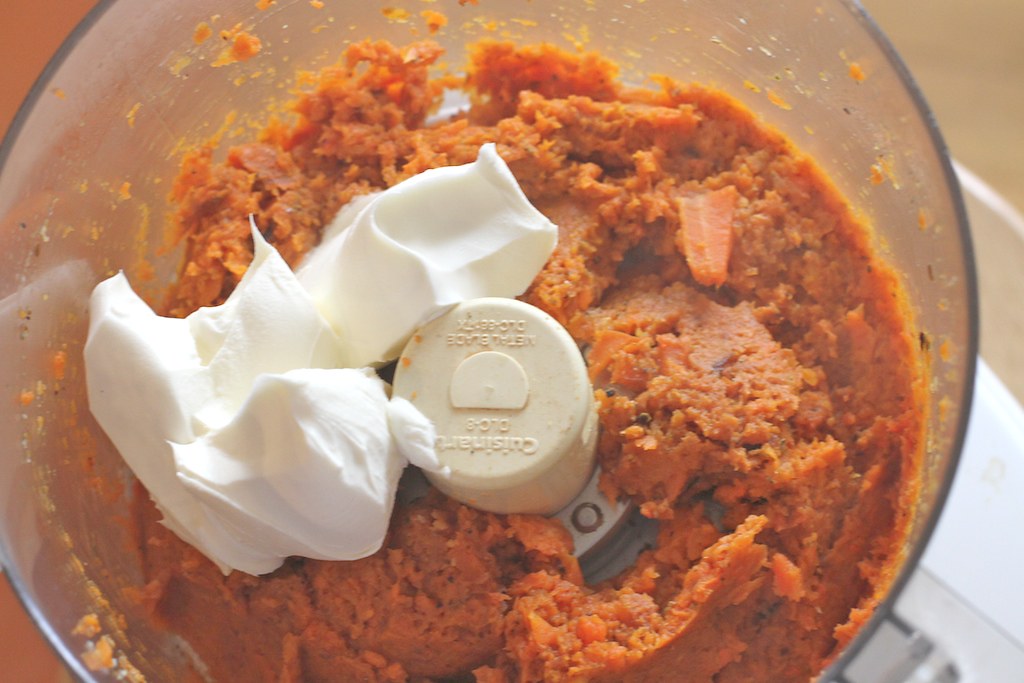Pureeing food isn’t just for infants anymore. From creating smooth soups and sauces to accommodating dietary restrictions, recipes requiring pureeing in today food offers a versatile way to enjoy a wide variety of flavors and textures. But with so many options, which foods are truly best suited for transforming into silky smooth perfection?
The Champions of Smoothness:
- Cooked Vegetables: Vegetables are a natural fit for pureeing. Steaming, roasting, or boiling softens them, making them easily blendable. Think roasted sweet potatoes for creamy soups, steamed cauliflower for a healthy alternative to mashed potatoes, or pureed butternut squash for a vibrant pasta sauce. The key is to ensure they are thoroughly cooked to achieve a smooth consistency.
- Soft Fruits: Naturally sweet and packed with moisture, soft fruits like berries, bananas, and peaches are ideal for pureeing. They blend easily and require minimal cooking (if any). Use them to create smoothies, dessert sauces, or flavorful bases for baby food.
- Beans and Legumes: Surprisingly versatile, beans and legumes can be transformed into creamy dips, spreads, and even soup bases. Cooked lentils, chickpeas, and white beans blend beautifully and offer a boost of protein and fiber. Experiment with different seasonings to create hummus variations or hearty lentil soups.
Foods Requiring Extra Care:
Fibrous Vegetables: While most vegetables puree well, fibrous options like celery and asparagus require extra attention. Remove tough outer layers and cook them thoroughly before blending. You may also need to strain the puree to remove any remaining fibers.
Starchy Vegetables: Potatoes, while naturally soft, can become gluey when over-processed. Avoid over-blending and consider adding liquid gradually to achieve the desired consistency.
Tips for Pureeing Success:
- Cook Thoroughly: Ensure all ingredients are cooked until soft and easily mashable before blending.
Add Liquid Gradually: Start with a small amount of liquid (broth, water, milk) and add more until you reach the desired consistency. - Use a High-Powered Blender or Food Processor: A good quality blender or food processor will ensure a smooth, lump-free puree.
- Strain for Extra Smoothness: If desired, strain the puree through a fine-mesh sieve to remove any remaining solids.
Pureeing opens up a world of today food recipes possibilities. By understanding which foods lend themselves best to this technique, you can create delicious and nutritious meals for yourself and your loved ones, regardless of age or dietary needs. So, get blending and discover the versatility of pureed cuisine!
